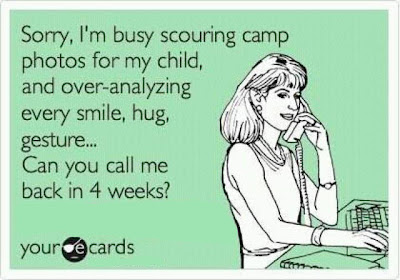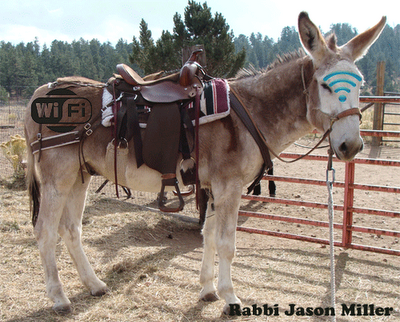As a rabbi, one of my favorite phone calls to receive is from expectant parents who are in search of Hebrew names for their future child. Before even suggesting any potential names, I always preface my response with an explanation of how important names are to us as Jewish people. Our name is our legacy. It is not only our identifying label in the community, but it is also how we will be remembered.
 |
| “Crown of a Good Name” by Artist Mordechai Rosenstei |
When you go up to the Torah for an aliyah, you are beckoned before the minyan and before God with your moniker including your parents’ names. You are not receiving this kavod (honor) alone, but rather with your entire heritage. In many lifecycle events, our Hebrew name is invoked and thereby our heritage is invoked as well. For our name is more than mere nomenclature, a classifying label – it is who we are, what we stand for, and from where we have come.
In Pirkei Avot, the Teachings of our Sages, R. Shimon taught: “There are three crowns. The crown of Torah, the crown of priesthood, and the crown of kingship. But the crown of a good name exceeds them all.” To become a king or a priest, one must be born into this position. However, to achieve the crown of Torah, one must have a quick mind and a sound memory. One must be willing to learn and to grow. Thus, the crown of a good name transcends them all, for it is open to all.
Parashat Ki Tetze ends with the famous commandment to remember what Amalek did to our ancestors and to blot out the memory of Amalek from under heaven. Timche et-zecher Amalek mitachat hashamayim. Lo Tishkach. We must at the same time remember what the Amalekites did to our ancestors and also blot out their name. As the commentary in the Etz Hayim translation explains, we are not being commanded here to eradicate all recollection of the Amalekites. Indeed, we are commanded to remember forever what the Amalekites did. We must both remember what they did as well as erase their name. That, the Torah seems to be teaching us, is the ultimate revenge – to eliminate or wipe out a name.
On Purim, when we hear the name of Haman, the descendent of Amalek, read from the Megillah, we literally drown out the name. So too, when we utter the name of Hitler, arguably another descendent of Amalek, we make sure to add the words “yimach shmo,” that his name should be erased. But these stand as negatives; ways to blot out the name of evil individuals. If we look back only a few verses before the mitzvah to eradicate the name of Amalek, we learn of another mitzvah concerning names; but in this instance, it is a positive commandment. It is to carry on the name of an individual – the man who dies childless.
Levirate marriage or yibum is the commandment stating that the brother of a childless husband is obligated to marry his widowed sister-in-law and the first son that she bears shall be accounted to the dead brother that his name should not be blotted out in Israel. Thus, the underlying intention of this mitzvah is that a man’s name should not disappear forever if he dies leaving no children to carry on his name. His legacy will be assured. We learn in the Book of Ruth, when Ruth’s relative Boaz marries the widower Naomi, that yibum is considered the ultimate in loving-kindness.
There is simply no better way to honor ones memory than by perpetuating ones name. Inherent in a person’s name are all of their achievements, their beliefs, and their ethical creed. Indeed, the memory of our loved ones is bound up in their name. When we remember their name, we maintain an enduring nearness to their neshama, to their soul.
On Yom Hashoah – Holocaust Remembrance Day – throughout the Jewish community, on college campuses, in Jewish day schools, and in synagogues, the names of all six million Jews who perished during the Shoah are read to show respect to the dead by helping their names live on. Pronouncing these names, the names of those whose lives were cut short during the darkest time in our people’s history, is not only one of the greatest way we can carry on their legacy, but also the greatest way we can ensure that we remember what Amalek did to us and blot out their name. Zakhor, remembrance, can be for both good and evil. In remembering the good, we too, erase the evil.
We understand that while our body will eventually cease to function, our name will continue on. As a community, we have the mitzvah to perpetuate the name, the legacy, of others by carrying their name forward throughout the generations. Francis Bacon, the famous English essayist, lawyer, philosopher, and statesman, once said: “I bequeath my soul to God… My body to be buried obscurely. For my name and memory, I leave it to men’s charitable speeches, and to foreign nations, and the next age.”
(c) Rabbi Jason Miller | http://blog.rabbijason.com | Twitter: @RabbiJason | facebook.com/rabbijasonmiller




+(1).jpg)








